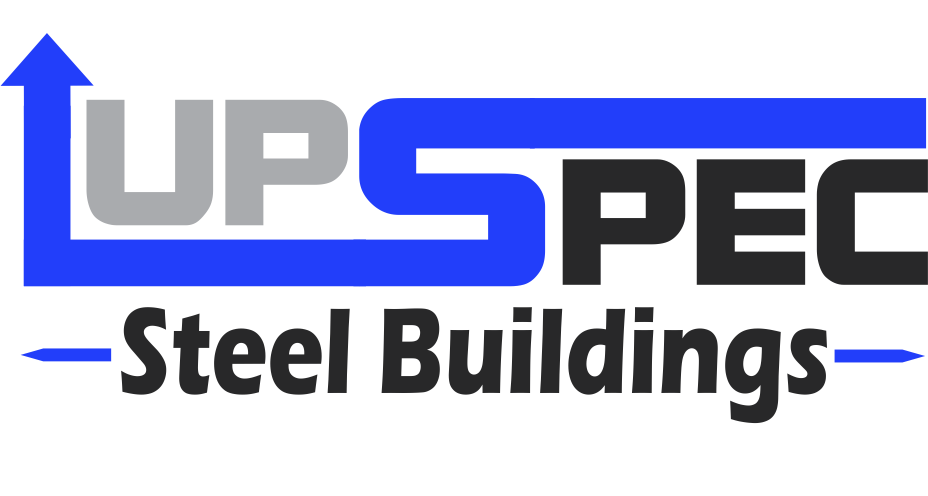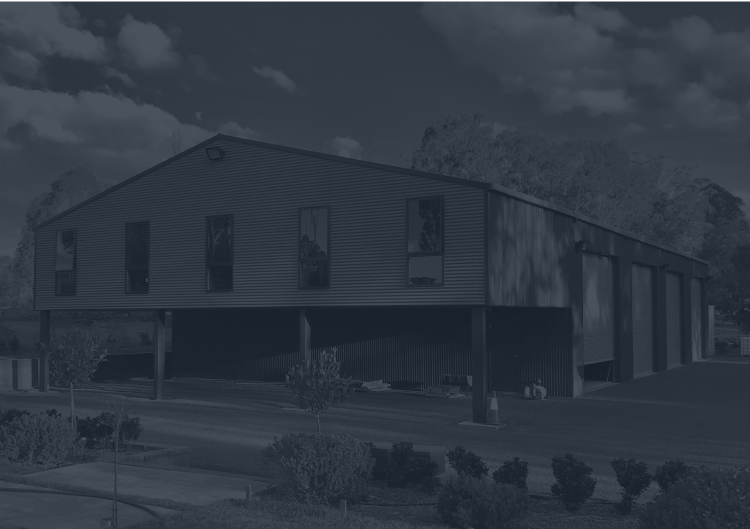
Upspec News
Introduction to Farming Sheds: Purpose and Importance
Farming sheds stand as the backbone of a well-run farm. They’re not only about storing your tools and equipment—they’re mission-critical. A solid shed protects your investment from harsh weather, organizes your operations, and can even boost your farm’s productivity. These sturdy structures house everything from tractors and combine harvesters to bales of hay and sacks of feed. That means choosing the right one matters—a lot. A farming shed is way more than a simple storage area. It’s a strategic asset. You want to think it through, consider the essentials, and understand its role on your farm. Think protection, think efficiency, and think long-term gains. That’s what a good farming shed is all about.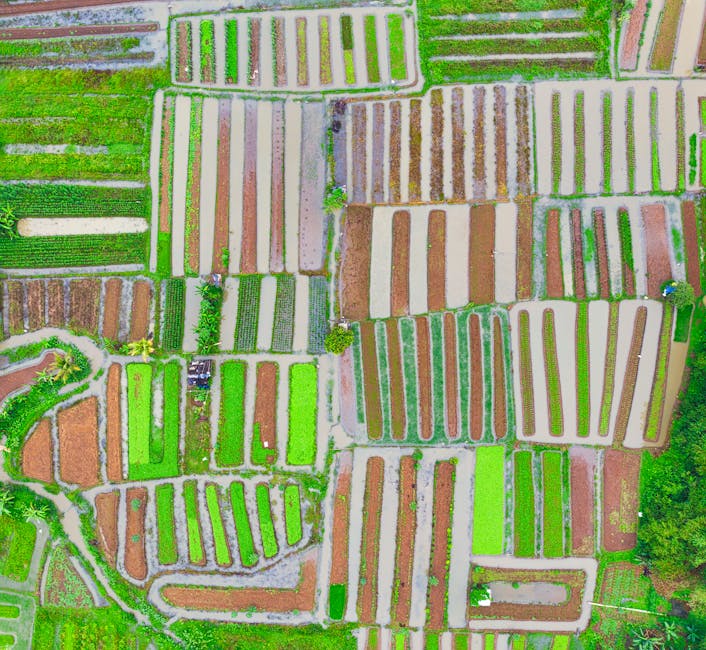
Determining the Right Size for Your Farming Shed
When it comes to your farming shed, size matters. You need a shed that’s big enough to store machinery, crops, and supplies but not so big that it wastes space and resources. To find the right fit, start by assessing what you plan to store. Tractors, combines, and other large equipment will need plenty of clearance—height and width. Also, think about your future needs. Are you planning to expand your farm, buy more equipment, or increase production? If so, factor in extra room to grow. Another key point is to check local zoning laws, which might limit shed size. Once you’ve got the green light, here’s a quick guide to help:- For small to medium-sized farms, a shed that’s 10 x 20 meter might do the trick.
- Running a larger operation? Something like a 20×60 meter shed could be in order.
- And for height? Go for at least 5 to 6 meters to accommodate tall equipment, trucks or stacked supplies.
Choosing Durable Materials for Long-Lasting Farming Sheds
When it comes to selecting the right materials for your farming shed, you want toughness. The building should stand up to weather, wear, and the occasional bump from farming equipment. For the bones of the structure, go for galvanized steel. It resists rust, corrosion, and it’s tough as nails. Now, the cladding – that’s the outer skin of your shed. Aussie made colorbond steel is a good choice here. They’re sturdy and they don’t buckle easy under the sun’s glare or a storm. Made in Australia for Australian conditions. For the roof, quality metal sheets or polycarbonate panels will do the trick, keeping you dry and lasting ages. Don’t scrimp on the foundation either. Solid concrete slabs will bear the weight and won’t give in to moisture quickly. Go for quality, and your shed will stand the test of time, saving money and hassle down the line.Essential Features for a Functional Farming Shed
When planning a farming shed that meets your needs, it’s critical to prioritize certain features. First, strong materials are non-negotiable – you want your shed to withstand harsh weather and wear. Next, consider ample space; enough room to store equipment and move around is fundamental. It’s also important to have good ventilation to protect against moisture damage and keep the interior climate controlled. Then, think about flexibility – an adaptable design means you can alter the space as your needs change. Lastly, prioritize security features like sturdy locks and perhaps even alarm systems to safeguard your valuable tools and machinery. Solid construction combined with these essential features ensures your farming shed serves you effectively for years to come.Designing for Weather Resistance and Insulation
When you’re tackling the design for your farming shed, weather resistance and insulation aren’t just afterthoughts; they’re vital for ensuring your structure stands strong against the elements and keeps whatever’s inside protected. Let’s talk materials first. You want to opt for sturdy building components like high-tensile steel that can laugh in the face of strong winds and heavy rainfall. Pair this with a quality roof design that effectively directs water away to avoid any unwelcome indoor pools. Insulation comes next, and it’s a game-changer for temperature control. Your shed needs to be a shield against the summer heat and a warm haven during the frosty winter days. Combine proper insulation with ventilated options to maintain airflow and you’ve got a year-round, weather-defiant fortress. Making smart choices now in these areas spells less headache down the track.The Role of Ventilation in Farming Shed Longevity
Good ventilation in a farming shed isn’t just about keeping the air fresh; it’s essential for the structure’s longevity and the well-being of whatever you’re housing inside, whether it’s livestock or machinery. Proper airflow helps to remove moisture, a known enemy of building materials. It keeps metal from corroding and wood from rotting. Moreover, in a livestock shed, good ventilation dilutes and removes airborne pathogens and contaminants that can affect animal health. Make sure your shed has sufficient openings and possibly mechanical ventilation systems to maintain a constant flow of air. This will save you a heap in potential repair costs and maintain the value of whatever you store inside. It’s not just a breeze, it’s a necessity.Integrating Storage Solutions in Your Shed Design
When you’re mapping out your farming shed, don’t skimp on storage. Good storage is like a trusty tool; it makes your life easier and keeps the chaos at bay. Picture this: a place for every tool and every tool in its place. Shelves that kiss the ceiling, hooks that hug the walls, and bins that snugly fit together like puzzle pieces. You’ll save time not rummaging through piles, and your gear stays in better shape. But here’s the kicker, sturdy materials for shelves and cabinets can save you from headaches later. Think about resistance to moisture, pests, and rust – that’s the trio you don’t want crashing your storage party. And don’t forget, the way you set up your storage can make a big difference in how much you can fit. Layout is king. Stuff that’s used frequently? Keep it handy. Seasonal or bulky items? Tuck them away, but keep them accessible. By weaving smart storage into the very heart of your shed design, you’re not just building a shed; you’re crafting a well-oiled machine that’s ready for any farming challenge that comes your way.Farming Shed Location: Maximizing Accessibility and Efficiency
When you’re planning out your farming shed, picking the right spot is crucial. Think about it like planting a tree – the location can make or break how well it grows. You want your shed somewhere that’s easy to get to, all year round. No one’s got the time to wade through mud or snow just to grab a tool. Plus, putting your shed too far from your work area means more time spent walking back and forth – and that’s time you could have spent getting your hands dirty with the real farming. Now, let’s talk about the sun and the wind. You’ll want your shed to catch a bit of sunlight but not bake like a potato in the oven. And for the wind, you don’t want your shed in the path of a mini-tornado, so keep it sheltered from strong winds. Just remember, your shed needs to sit well with the land. You’re not just dropping a box on the ground; you’re building a part of your farm that’s got to work with everything around it.Maintenance Tips to Extend the Life of Your Farming Shed
Keeping your farming shed in top shape is about tackling small problems before they turn big. You don’t need a mechanic’s know-how, just some common sense and elbow grease. First things first, regularly check the roof for leaks and fix any you find pronto. Water’s a shed’s enemy number one. Remember to clear out gutters, too; blocked ones spell trouble during a downpour. The shed’s foundation needs attention just as well – make sure it stays solid and doesn’t crack. If it does, you’re looking at structure problems and that’s a headache you don’t want. Your shed’s doors and windows should open and close smoothly. Don’t let ‘em get stuck; a sticking roller door should be serviced immediately as it can lead to failure. Then there’s pests – rats and termites especially. Don’t give them a chance to nibble or gnaw at your shed. Regularly inspect for these troublemakers and take action if they try to make your shed their home. And, don’t forget the interior, keep it tidy. A clutter-free shed means fewer places for pests to hide and more room for you to work. Stick to these tips, and your farming shed won’t just do its job today, it’ll be standing strong for seasons to come. Work smarter, not harder, and that shed of yours will be a trusty partner on your farm.Conclusion: Bringing It All Together for Your Ideal Farming Shed
In wrapping up, crafting your ideal farming shed is about balancing durability with practicality. Make sure you’ve pondered over the material choices, keeping in mind they should withstand the harshness of farm life for years to come. Do not skimp on the framing and foundation, as they are the backbone of your structure. Remember, ventilation and lighting are not just frills but necessities for maintaining the shed’s functionality. And let’s not forget about sufficient storage space, which will keep your tools and machinery organized and protected. Think ahead about the types of doors and insulation that fit your climate and workflow. Getting these details right from the start means you’ll have a farming shed that not only meets your current needs but can also adapt to future demands. Investing thought and care into these considerations might cost more upfront, but it’s a savvy move for the longevity and versatility of your farming operations. Keep these points at the forefront, and your shed will be a steadfast ally in your farming endeavors.Share this article
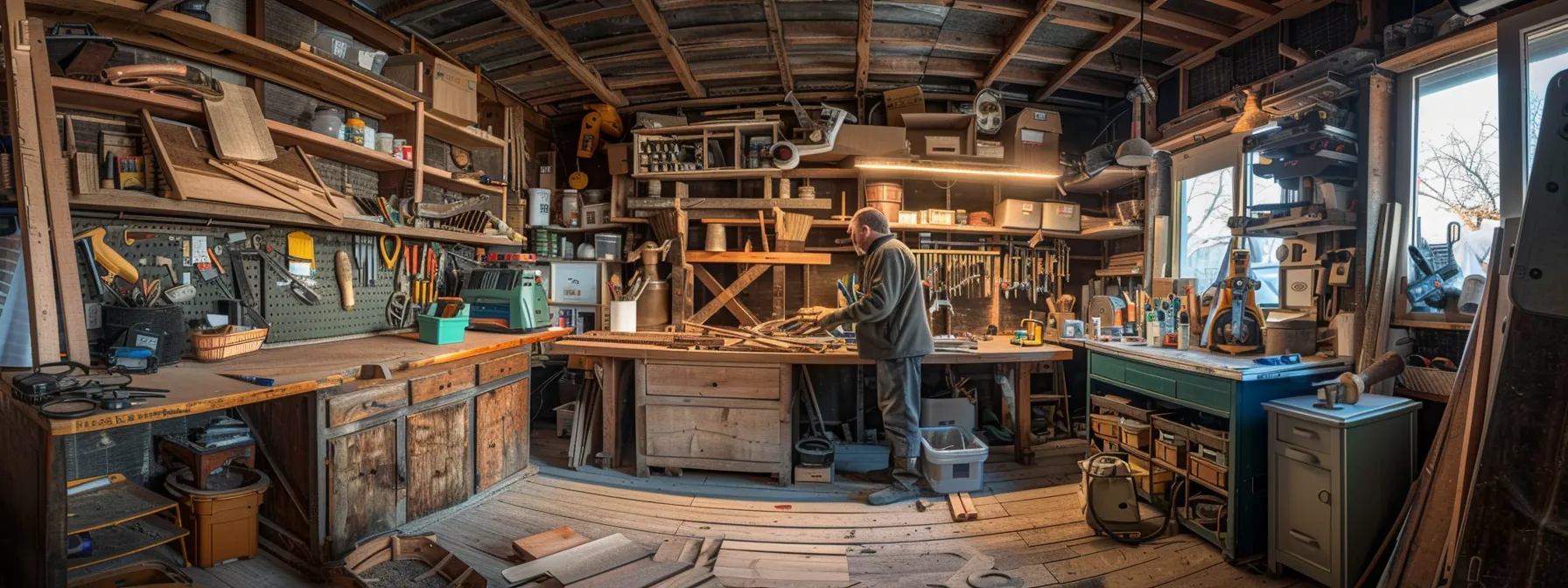
Sheds
Custom Shed Building Services Sydney: Your Ultimate Guide
Custom Shed Building Services Sydney: Your Ultimate GuideAre you considering a custom shed for your property but unsure where to start? This guide on custom shed building services in Sydney will help clarify the process and benefits. Readers will learn about choosing the perfect shed design, understanding construction steps, and the advantages of hiring professionals. […]

Sheds
Choosing A Shed Colour Scheme Tips
When designing a new shed or patio people often think more about the floorplan, how to use the space or where will everything fit…

Shed Building
Choosing the Right Garage Builder for Your Custom Project
Discover how to select the perfect garage builder for your custom project in our insightful blog ‘Choosing the Right Garage Builder for Your Custom Project’.
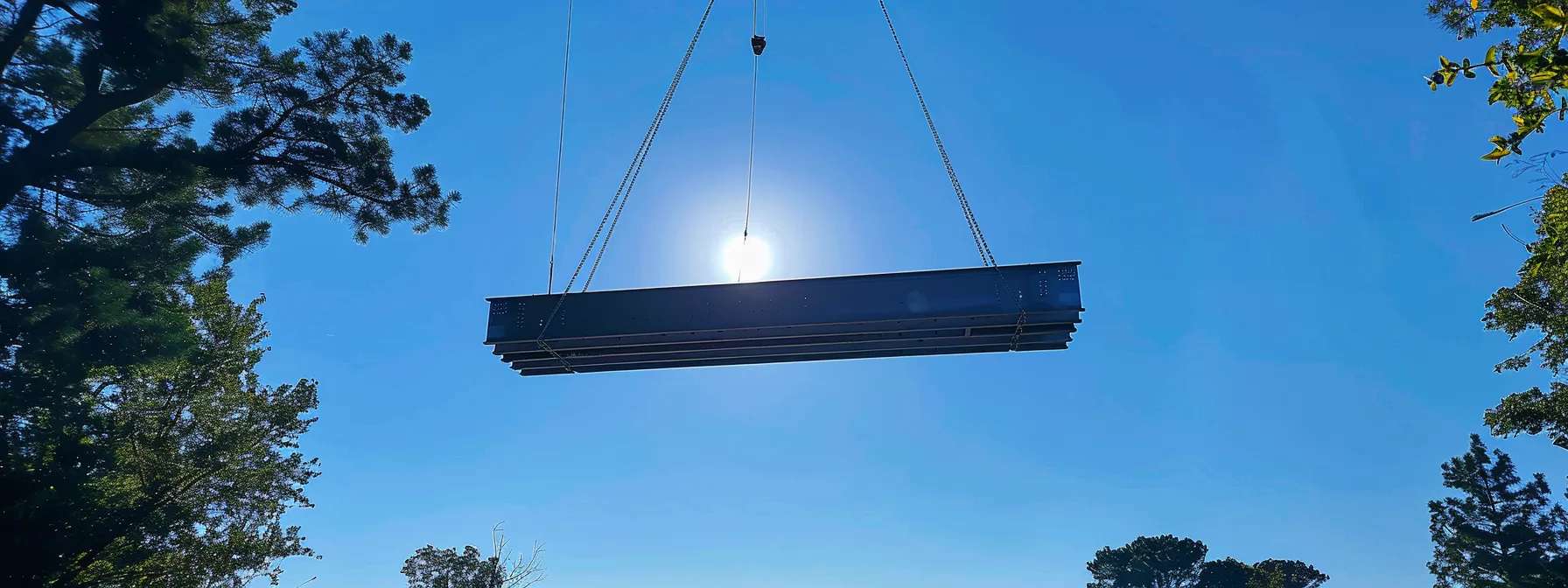
Rural Sheds
Step-by-Step Guide to Prefabricated Steel Barn Construction
Are you considering building a barn but worried about the risks involved in traditional construction? Prefabricated steel barns offer a reliable solution. This guide will walk you through key steps, including planning your design, ordering a steel barn kit, and laying a solid concrete foundation. By following this step-by-step approach, you’ll learn how to efficiently […]
